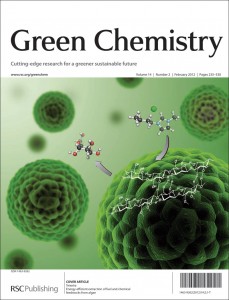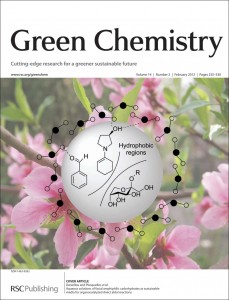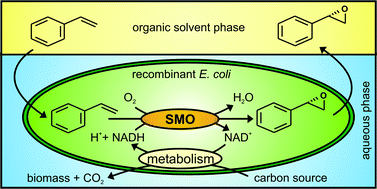The latest issue of Green Chemistry is now available online!
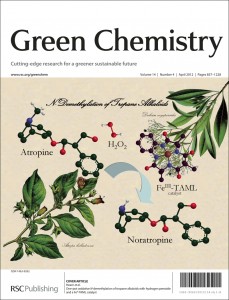 The front cover highlights work by Milton Hearn and colleagues from Monash University, Australia, who investigated the oxidative N-demethylation of tropane alkaloids to their nortropane derivatives using hydrogen peroxide (H2O2) and an iron (III) tetraamido macrocycle catalyst. The tertiary N-methylamine group is commonly found in a range of naturally occurring alkaloids, and modification of this tertiary amine group on tropane alkaloids alters their pharmacological properties. Previous methods for removing this methyl group tend to involve the use of large molar excess of expensive and/or toxic reagents. The method reported by Hearn and his team uses a relatively benign oxidising reagent that can be easily decomposed to innocuous products once the reaction is complete.
The front cover highlights work by Milton Hearn and colleagues from Monash University, Australia, who investigated the oxidative N-demethylation of tropane alkaloids to their nortropane derivatives using hydrogen peroxide (H2O2) and an iron (III) tetraamido macrocycle catalyst. The tertiary N-methylamine group is commonly found in a range of naturally occurring alkaloids, and modification of this tertiary amine group on tropane alkaloids alters their pharmacological properties. Previous methods for removing this methyl group tend to involve the use of large molar excess of expensive and/or toxic reagents. The method reported by Hearn and his team uses a relatively benign oxidising reagent that can be easily decomposed to innocuous products once the reaction is complete.
One-pot oxidative N-demethylation of tropane alkaloids with hydrogen peroxide and a FeIII-TAML catalyst, Duy D. Do Pham, Geoffrey F. Kelso, Yuanzhong Yang and Milton T. W. Hearn, Green Chem., 2012, 14, 1189-1195
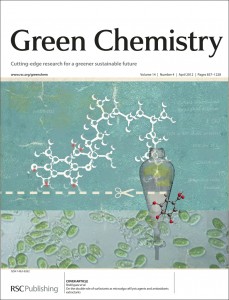 The inside front cover features work by Ana Rodríguez and co-workers from the University of Santiago de Compostela and the University of Vigo, Spain, who report on the duel role of surfactants in microalga cell lysis for the extraction of antioxidants. The integrated process proposed uses non-ionic surfactants as cell disruptors and organic extractants of intracellular antioxidants. The viability of the process was checked using real samples which yielded higher antioxidant activity than that provided by a traditional ultrasound-based method.
The inside front cover features work by Ana Rodríguez and co-workers from the University of Santiago de Compostela and the University of Vigo, Spain, who report on the duel role of surfactants in microalga cell lysis for the extraction of antioxidants. The integrated process proposed uses non-ionic surfactants as cell disruptors and organic extractants of intracellular antioxidants. The viability of the process was checked using real samples which yielded higher antioxidant activity than that provided by a traditional ultrasound-based method.
On the double role of surfactants as microalga cell lysis agents and antioxidants extractants, G. Ulloa, C. Coutens, M. Sánchez, J. Sineiro, J. Fábregas, F. J. Deive, A. Rodríguez and M. J. Núñez, Green Chem., 2012, 14, 1044-1051
These articles will be free to access for 6 weeks!
Stay up-to-date with the latest content in Green Chemistry by registering for our free table of contents alerts.











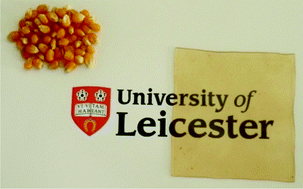

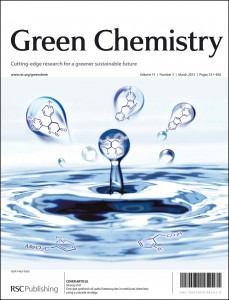
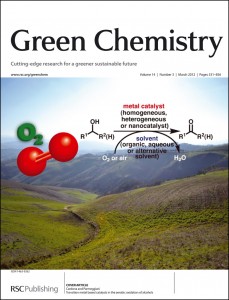
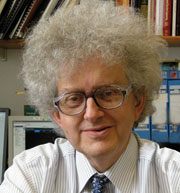 Professor
Professor 